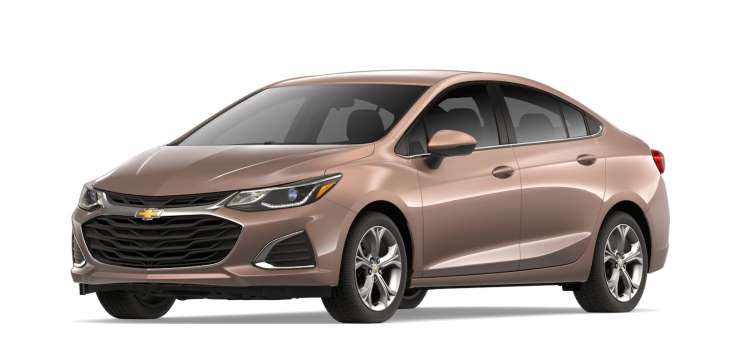No! As long as you’re using it correctly, cruise control won’t hurt your car. If you know how to use cruise control in a Chevy Cruze, don’t hold back from making it a convenient part of your driving experience.
Are there any specific maintenance requirements for cruise control?
In summary, there are no specific maintenance requirements for cruise control, but it is important to keep the vehicle in good condition to ensure proper functioning of the cruise control system. Regular maintenance of the vehicle, including the brakes, throttle, and transmission, can help prevent issues with the cruise control system.
If the cruise control system is not working properly, it may require diagnosis and repair of its components. Most owner’s manuals recommend shutting off cruise control when driving on wet or icy/snowy surfaces, whether towing or just driving, and using cruise control while towing can reduce your ability to react to sudden changes in traffic or road conditions.
Does cruise control disengage automatically when I brake?
Yes, cruise control disengages automatically when you brake. Most cruise control systems use the brake light switch to disengage the cruise control when the brake pedal is applied. Some cruise control systems may also disengage when the clutch is pulled in or the cruise control button on the hand controls is pushed.
To re-engage cruise control, follow these steps:
- You can tap the brake pedal or hit the X button
- Remove your foot from the brake pedal
- Re-engage it when you’re closer after you
Can cruise control save me from getting a speeding ticket?
No, cruise control cannot save you from getting a speeding ticket. Cruise control maintains your cruising speed but cannot drive your Chevy Cruze. Unfortunately, many drivers use cruise control to speed, rather than to maintain a safe and steady speed.
But using cruise control does not prevent you from getting a speeding ticket if you set it above the speed limit. And using cruise control to speed can increase the risk of accidents and injuries, as it reduces a driver’s reaction time and can lead to distractions and zoning out.
But if you’re prone to speeding on your own, setting the cruise control can help you stay below the speed limit if you set it correctly.
Cruise Control and Unintended Acceleration
Cruise control can cause unintended acceleration in some cases, but it is rare. Here are some points to consider:
- Defective cruise control switch or throttle control actuator can cause sudden acceleration and high revving.
- Sudden unintended acceleration (SUA) can be caused by a variety of factors, including driver error, mechanical failure, and electronic malfunction.
- Most modern cruise control systems are designed to prevent unintended acceleration by using fail-safe mechanisms and safety features.
- To cancel cruise control, you can push the drive stalk up once or press the brake pedal.


